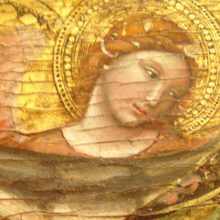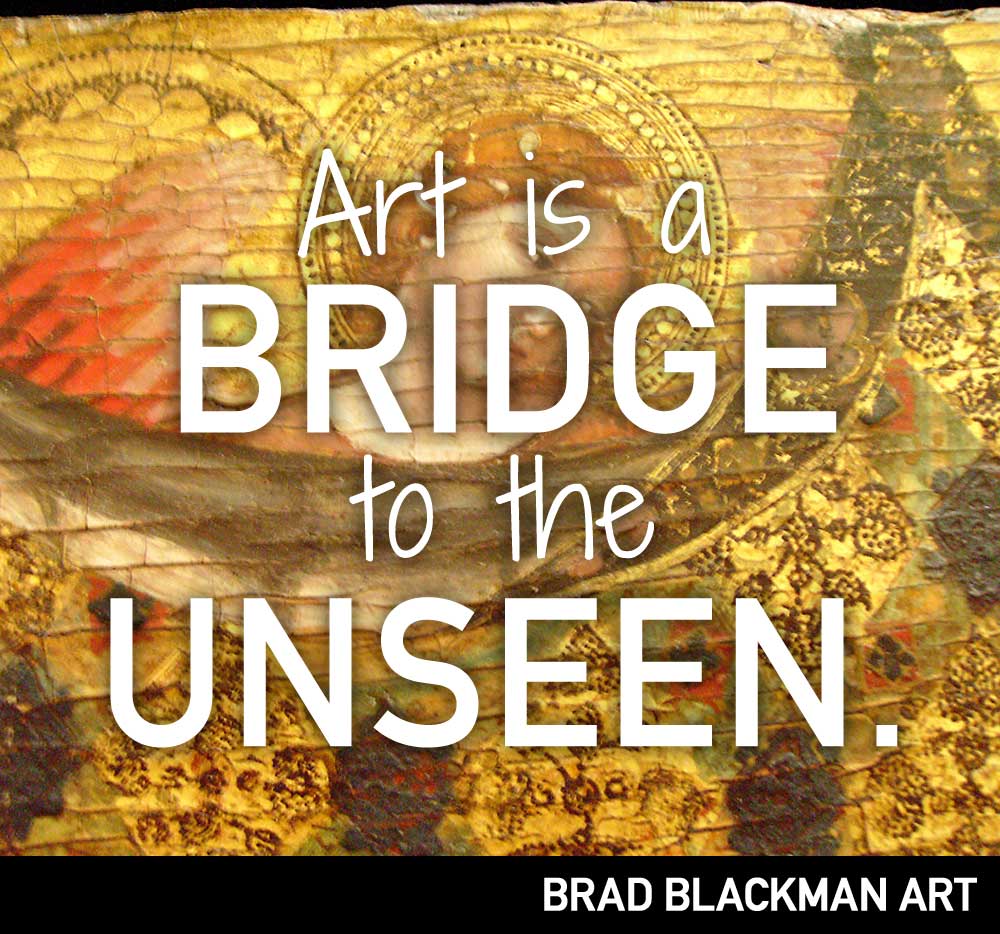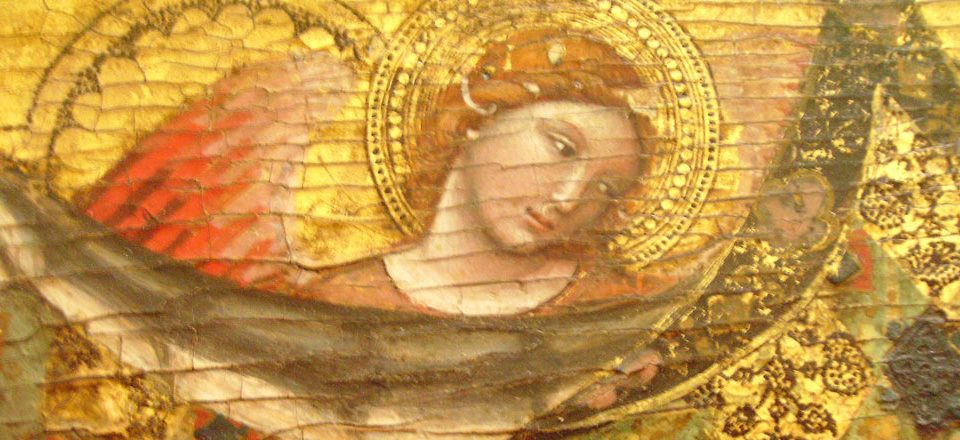 On Facebook, I posed this question: “What do Christians need to know about the visual arts?” I discovered that I wasn’t asking the right question. It’s not so much a matter of what Christians need to know about the visual arts. The better question to ask is, “What does anyone need to know about the visual arts?”
On Facebook, I posed this question: “What do Christians need to know about the visual arts?” I discovered that I wasn’t asking the right question. It’s not so much a matter of what Christians need to know about the visual arts. The better question to ask is, “What does anyone need to know about the visual arts?”
As it turns out Christians and non-Christians alike are fairly ignorant about the arts overall.
There are some important things to understand, regardless of your beliefs:
- Art is a language and a kind of philosophical expression. You have to have a vocabulary to talk about it if you are going to get anywhere. This is the foundation of art appreciation. There is a whole branch of philosophy that deals with this called Aesthetics. As with any branch of philosophy, a definition of terms is a must. At it’s core aesthetics deals with the question of what is beautiful, but that changed with Modernism.
- Since the early 1900s, the process behind art is more important than the artifact itself. If there is a compelling theory behind the work, that makes the work worthwhile. “Art for Art’s sake” is an antiquated notion from before 1900.
- This is why art so much 20th century art can be considered ugly. Art is often far more than what a thing looks like or its perceived beauty. The art is an artifact or a result of a particular process or theory.
What role do the arts play in the Church?
Now I think we are getting somewhere. I think the most crucial issue here for me is the matter of art and worship.
But before we get into that, I want to take a minute to explain that I come from an evangelical background. Church of Christ, to be specific.
If you had to put any sort of aesthetic label on the worship style of the ostensibly non-denominational, autonomous C-of-C way of thinking, it would be Spartan or minimal. It’s pretty stripped down. A-capella music — all vocal, no instruments, no choir, no organ — in minimally furnished auditoriums.
I can say a lot more about the churches of Christ, but that’s something of a tangent from what I’m getting at. All I want to say is I grew up in an environment that was not very expressive when it came to worship, although a-capella singing can be as spectacular as this video of what appears to be seniors on a retreat at a camp or something, singing “O Lord Our Lord“:
(Can’t see the video? Click here to watch it on YouTube.)
So that’s where I come from. Maybe you came from a more expressive religious background, or no religious background at all and you’re new to this Christianity thing.
Either way, I think art can be very important in the church, and it should be.
I’ve always seen art as both a lifestyle and a means of worship. Honestly, there’s not a lot of difference between art and faith. They are both ways of looking at the world. The end result, the artifact, is different, but there is a significant and overwhelming overlap between the two.
Art should facilitate worship and build people up
I think a lot of us creative types really grok an art form quickly and get really into it, either the making of it or observing it. It can become an expression of worship that other people might not understand. So in that sense it is a lot like speaking in tongues. Paul cautions in 1 Corinthians 14:27-28 that if someone is speaking in tongues in worship, there should always be an interpreter, otherwise they should keep it silent. With that being the case it is always recommended that the artist or someone else be available to translate, if you will, what he/she has just done, unless it is an art form that is more commonly understood.
I imagine congregational singing to be pretty universally understood. On the other hand, someone doing a painting during the Lord’s Supper might weird some people out. Other people would get it instantly and be moved by something that makes Communion more real and less abstract. But for those who don’t understand, it might help if it is narrated or closed with some devotional thoughts summing it up. At the same time, I think something like this could do a lot to enhance worship by giving it another dimension.
In other words, until it is understood without explanation, respectful education is in order.
Art and Faith as Lifestyle
Paul in 1 Corinthians 10:31 encourages us to make our faith a lifestyle, a way of thinking, looking, seeing, being. Art is much the same. Someone who is an artist tends to see the world differently. Not just in noticing colors or textures, but in intuitively grasping a certain poignancy about every day things. Art is a way of seeing. Seeing more than just what is there. It’s kind of a romantic notion, sure. But there is so much more to life than what is just there. And if faith is hope in the unseen, then what is art? That’s where I see a huge overlap between art and faith.
What’s better than to show people by any means how much richer this life is than when taken at face value?
I think that is the role of art, in the church or elsewhere.

Photo Credits: Header image (Gothic iconography): lisabelle3 via Compfight cc Gothic detail of writing hands: vidalia_11 via Compfight cc Peeling paint: jenny downing via Compfight cc




Great post.
Thanks, Sam.